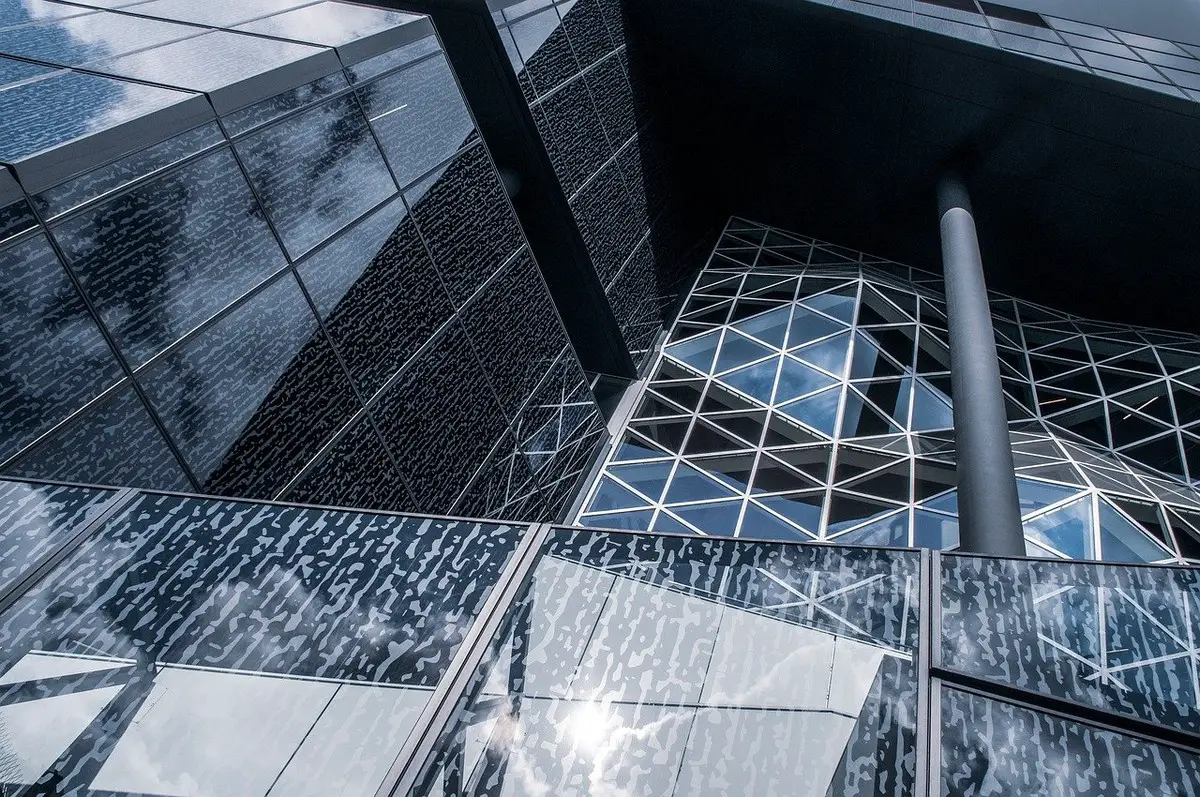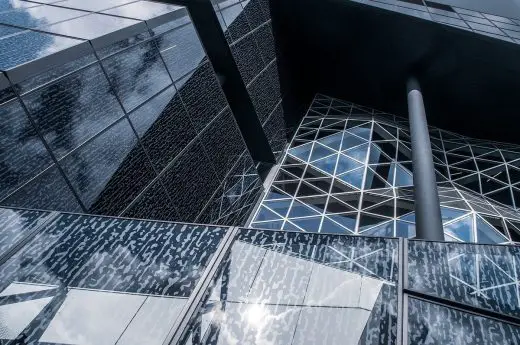How cold heading improves buildings, Property metal shaping technique, Real estate envelope guide
How Cold Heading Improves Buildings Guide
12 June 2024
How Cold Heading Improves Contemporary Architecture: Strength, Accuracy, and Eco-Friendliness
In the realm of architecture, the demand for accurate and eco-friendly construction materials is crucial. Cold heading, a metal shaping technique that moulds materials into forms at room temperature, has become a vital method in fulfilling these requirements.
This piece delves into the ways in which cold heading enhances architecture by focusing on its role in creating fasteners and connectors that bolster the strength, precision, and sustainability of building projects.
The Role of Cold Heading in Architectural Fasteners
Architectural endeavors heavily rely on fasteners like screws, bolts, and nails. These elements need to be sturdy, long-lasting, and capable of enduring pressure. Cold heading produces fasteners that meet these criteria effectively by shaping metal without utilizing heat.
This method yields fasteners with superior strength and uniformity, making them ideal for structural uses in architecture. The consistency provided by cold-formed fasteners ensures not only improved mechanical properties but also guarantees uniformity in size and shape across each piece, which is crucial for maintaining architectural structure integrity. The trustworthiness of cold-formed fasteners allows architects and builders to have faith in the components they incorporate into their designs, resulting in buildings with increased durability.
Custom Components for Unique Architectural Designs
In today’s architectural landscape, the trend leans towards distinctive designs that call for specially crafted components. Cold heading emerges as a crucial technique in producing custom fasteners and connectors with utmost precision. Architects and construction experts can now specify exact dimensions and shapes, ensuring seamless integration of these components into their avant-garde creations.
The versatility offered by cold heading proves invaluable in bringing unique visions to life. Whether it’s a tailor-made bolt for a facade or a specialized screw for an interior concept, custom cold heading delivers the precision and flexibility required to materialize these design elements. By facilitating the production of tailored components, cold heading empowers architects to explore new horizons in design, enabling the construction of structures that not only serve their purpose but also captivate aesthetically.
Enhancing Structural Integrity with Cold-Headed Parts
The integrity of structural elements is paramount in guaranteeing the safety and durability of buildings. Cold-headed parts, including anchors and connectors, play a critical role in upholding this integrity. Engineered to withstand high loads and pressures, these components are indispensable for constructing load-bearing walls, steel frameworks, and other vital structures.
Utilizing cold-headed parts ensures that these foundational elements remain steadfast and perform reliably under challenging conditions. The increased strength of cold-formed parts, resulting from the work-hardening process during shaping, offers added confidence that buildings will endure and remain sturdy over time. This is especially crucial in areas prone to natural disasters, where the dependability of each part can greatly influence the overall stability of a structure.
Sustainable Construction Practices with Cold Heading
The construction industry is increasingly focused on sustainability, and cold heading plays a significant part in promoting environmentally friendly construction methods. Compared to traditional machining techniques, cold heading produces minimal waste by efficiently using raw materials. Additionally, it consumes less energy as it operates at room temperature, thus reducing its environmental impact.
By incorporating cold-formed parts, architects and builders can contribute to greener construction initiatives. The reduction in waste and energy usage aligns with broader goals of decreasing the carbon footprint associated with construction activities. Furthermore, the lasting and resilient nature of cold-formed components results in fewer replacements and repairs throughout a building’s lifespan, further supporting sustainable practices. As sustainability continues to be a key consideration in design, the significance of cold heading in creating eco-friendly, high-performing parts will only continue to grow.
Applications in Facade and Cladding Systems
Building facades and cladding systems play crucial roles in both the appearance and functionality of structures. Cold-formed fasteners are essential in securely attaching these systems to the building structure, offering both stability and aesthetic appeal. The accuracy of cold heading guarantees that fasteners are uniform and dependable, improving the quality and longevity of facade and cladding installations.
These systems not only shield the building from environmental factors but also greatly enhance its visual charm. High-quality fasteners crafted through cold heading ensure that facades and cladding panels are firmly affixed, preserving their integrity over time. This reliability is essential for upholding the building’s aesthetics and functionality, as loose or deteriorating cladding can pose safety risks and lead to costly maintenance work. By ensuring a secure attachment of these components, cold heading contributes significantly to the success and upkeep of architectural endeavors.
Construction Materials Conclusion
Cold heating revolutionizes architecture by delivering elements that bolster the resilience, precision, and eco-friendliness of construction ventures. Whether it’s producing fasteners, enabling customized designs, or championing sustainable methods, cold heading plays a pivotal role in shaping the evolution of architectural creativity. As architects and constructors continue to push boundaries in design, innovation, and practicality, cold heading will remain a vital technique in bringing their visions to life.
The advantages of cold heading go beyond meeting immediate construction requirements, providing lasting benefits in terms of strength, safety, and environmental friendliness. Incorporating cold-headed parts into their projects enables architects and builders to reach new levels of performance and effectiveness, resulting in the creation of more innovative and durable structures in the long run.
Comments on this guide to How cold heading improves buildings article are welcome.
Windows
Windows Posts
Buying new window treatments for your home
5 creative uses of glass in architecture
7 reasons why you should replace your old glass windows
Architecture Designs
Home Designs
Building Articles
Comments / photos for the How Cold Heading Improves Contemporary Architecture: Strength, Accuracy, and Eco-Friendliness page welcome






